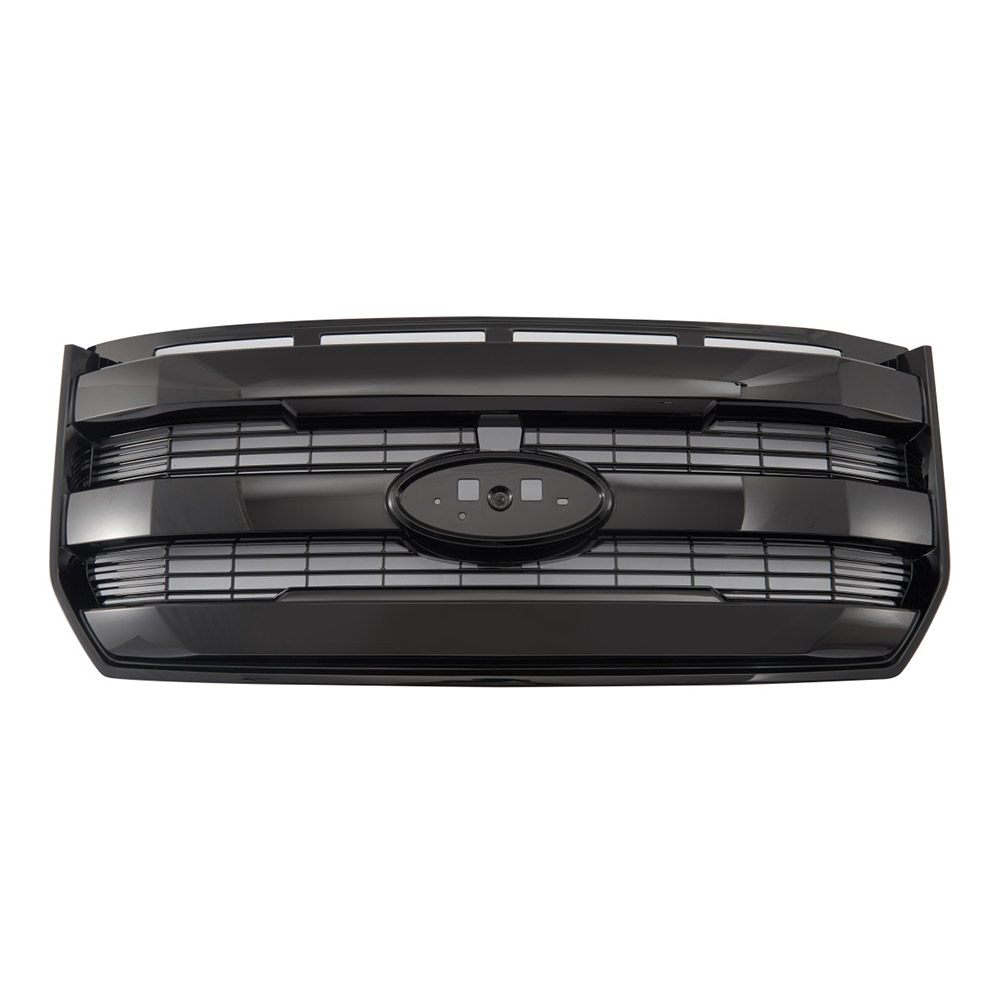
Automotive grilles are more than just aesthetic features—they play a role in airflow, engine cooling, and overall vehicle safety. While some grilles are universal and can fit multiple vehicles, many are specifically designed to match particular models. Automotive grille manufacturers tailor their designs to ensure compatibility, functionality, and visual appeal.
Understanding Model-Specific Design
Each vehicle model has unique dimensions, mounting points, and styling cues. A grille designed for a sedan may not fit an SUV or truck due to differences in width, height, and contour. Automotive grille manufacturers take these specifications into account during the design process. CAD modeling and precise measurements allow manufacturers to produce grilles that align with the vehicle's front fascia, maintaining both proper fit and structural integrity.
Material Selection and Construction
Materials used in grilles can vary depending on the vehicle type and performance requirements. Plastic, aluminum, stainless steel, and composites are common choices. The selected material affects durability, weight, and visual appeal. Automotive grille manufacturers choose materials based on how they interact with vehicle design and environmental conditions. For example, a grille for an off-road vehicle may prioritize strength and corrosion resistance, while a luxury car grille may focus on refined finishes and intricate patterns.
Functionality Considerations
Beyond appearance, grilles serve practical functions such as directing airflow to the radiator, protecting the engine compartment, and sometimes housing sensors or cameras for advanced driver assistance systems. When designing for specific vehicle models, automotive grille manufacturers ensure that openings, mesh patterns, and mounting points accommodate these functional elements. A grille that fits aesthetically but blocks airflow or interferes with sensors could negatively impact vehicle performance.
Customization and Aftermarket Options
Some vehicle owners seek aftermarket grilles to personalize their cars. Automotive grille manufacturers can provide model-specific designs that enhance aesthetics without compromising fit or function. Custom options may include different finishes, mesh patterns, or integrated lighting features. By producing grilles tailored to a specific model, manufacturers ensure that aftermarket products align with factory standards and do not require extensive modifications for installation.
Testing and Quality Assurance
Designing a grille for a specific vehicle model involves rigorous testing. Manufacturers often create prototypes to evaluate fit, airflow, and durability. Wind tunnel testing, corrosion testing, and impact simulations help confirm that the grille meets functional requirements. Automotive grille manufacturers also verify that mounting points align correctly and that the finished product integrates seamlessly with the vehicle's bumper and front end.
Collaboration with Vehicle Manufacturers
Many grille designs result from collaboration between automotive grille manufacturers and vehicle manufacturers. This partnership ensures that the grille complements the vehicle's engineering, safety standards, and visual style. Access to technical specifications and prototype feedback allows grille manufacturers to produce components that match the original design intent.
Grilles can indeed be designed for specific vehicle models, combining aesthetics, functionality, and structural compatibility. Automotive grille manufacturers carefully consider dimensions, materials, airflow requirements, and mounting points to ensure that each grille fits its intended vehicle seamlessly. Whether for factory replacements or aftermarket enhancements, model-specific grilles provide a balance of performance, style, and reliability that universal designs may not achieve.

 English
English 日本語
日本語 Français
Français Deutsch
Deutsch Español
Español 简体中文
简体中文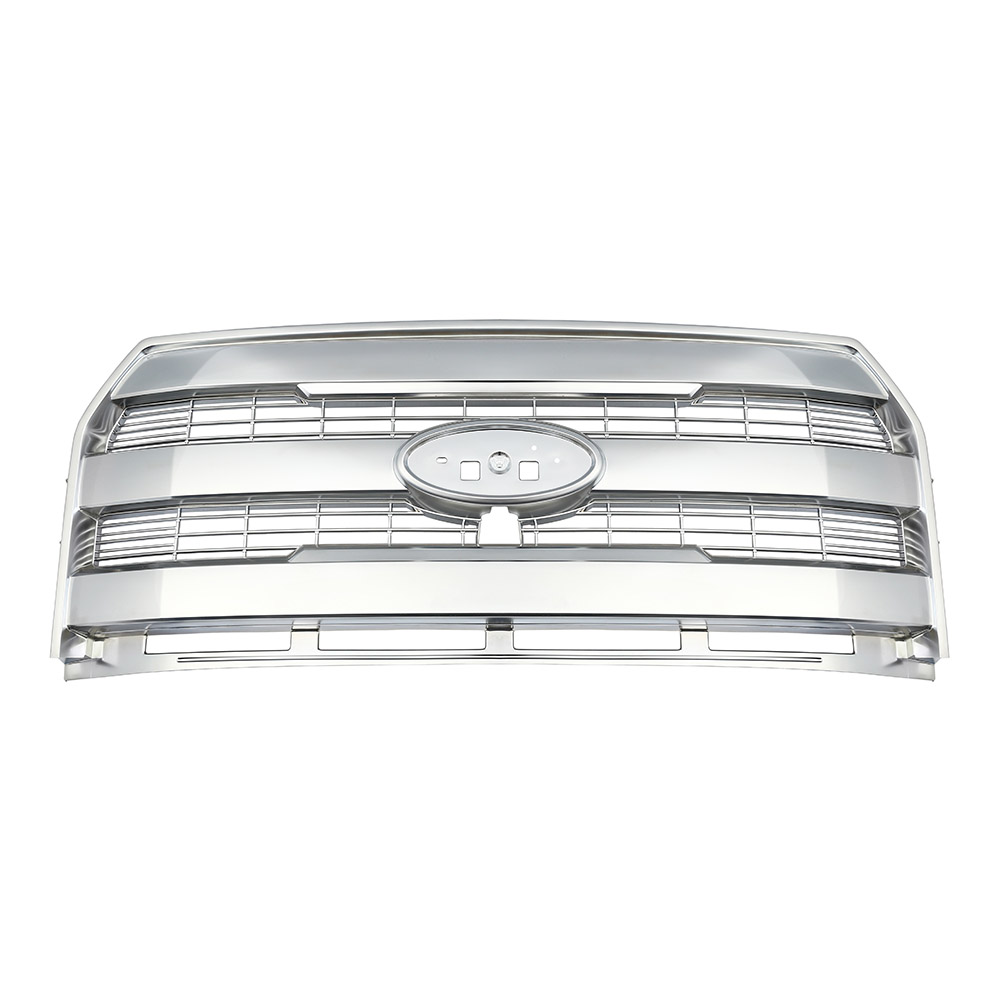
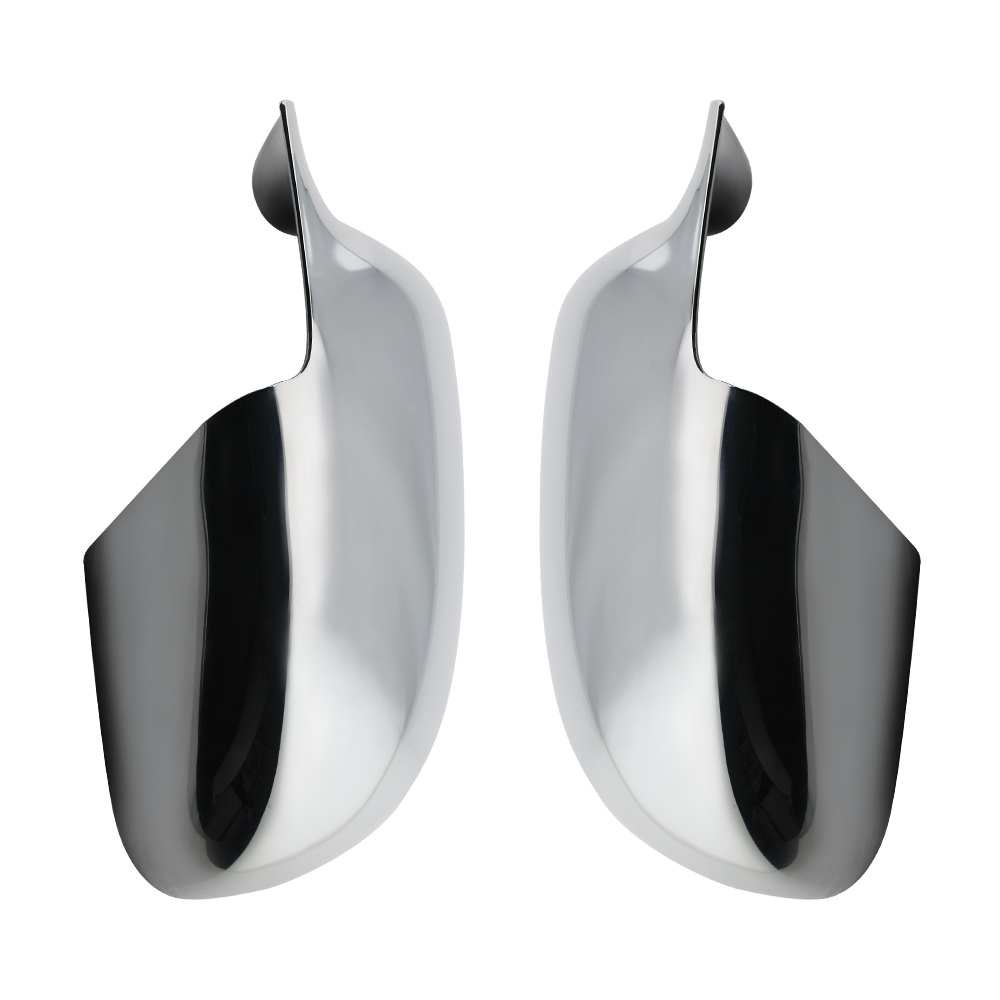
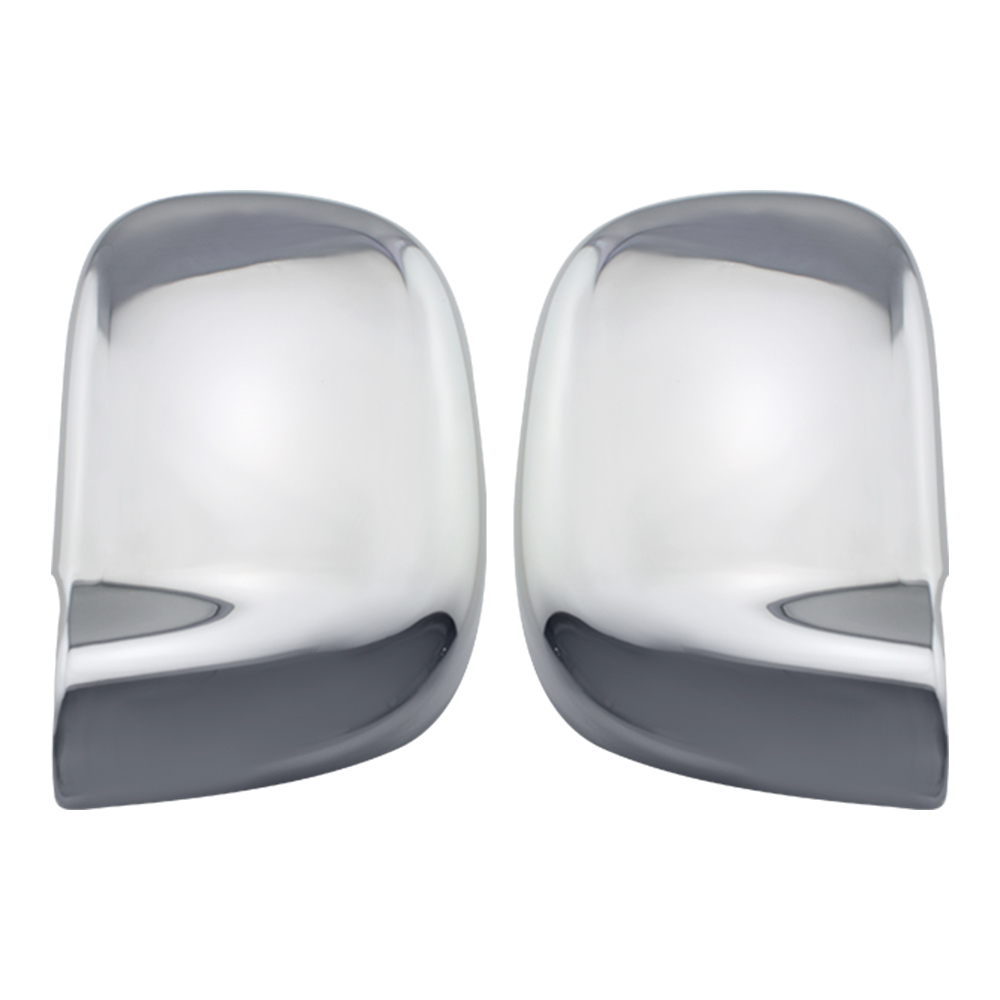 View More >>
View More >>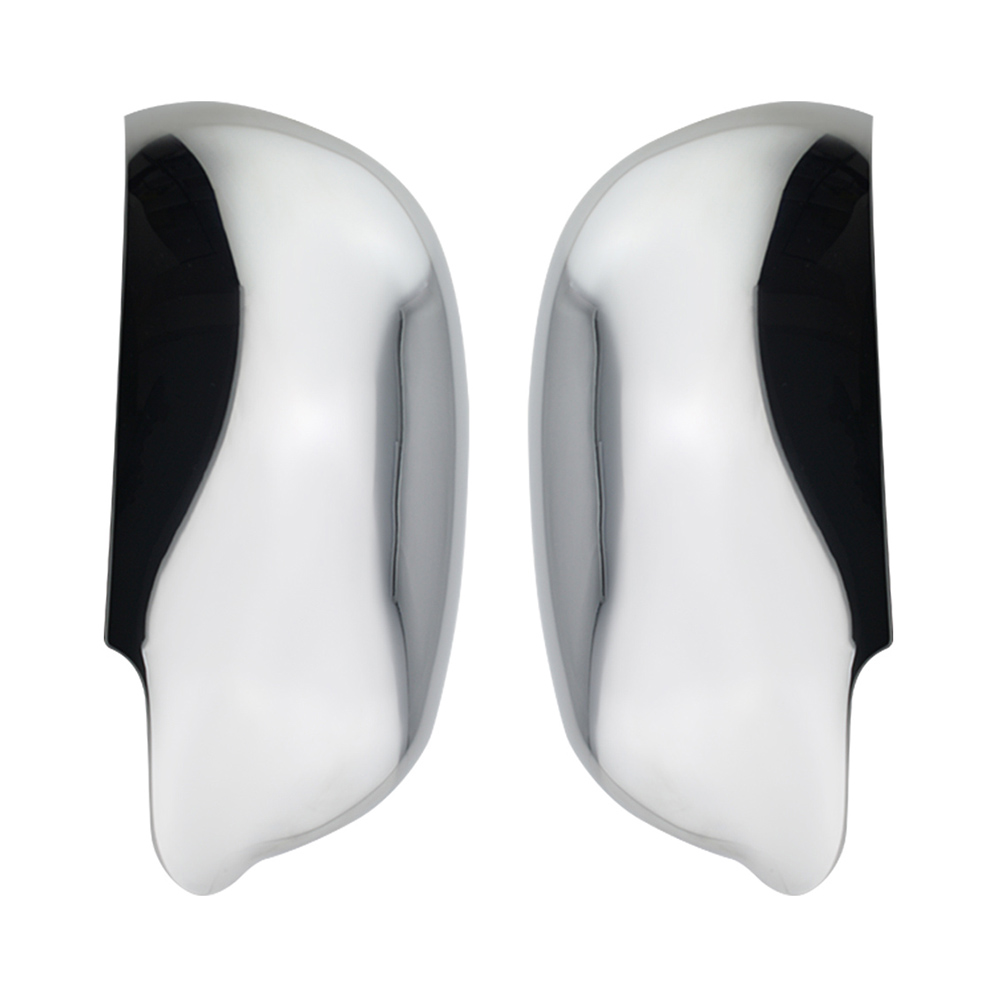 View More >>
View More >>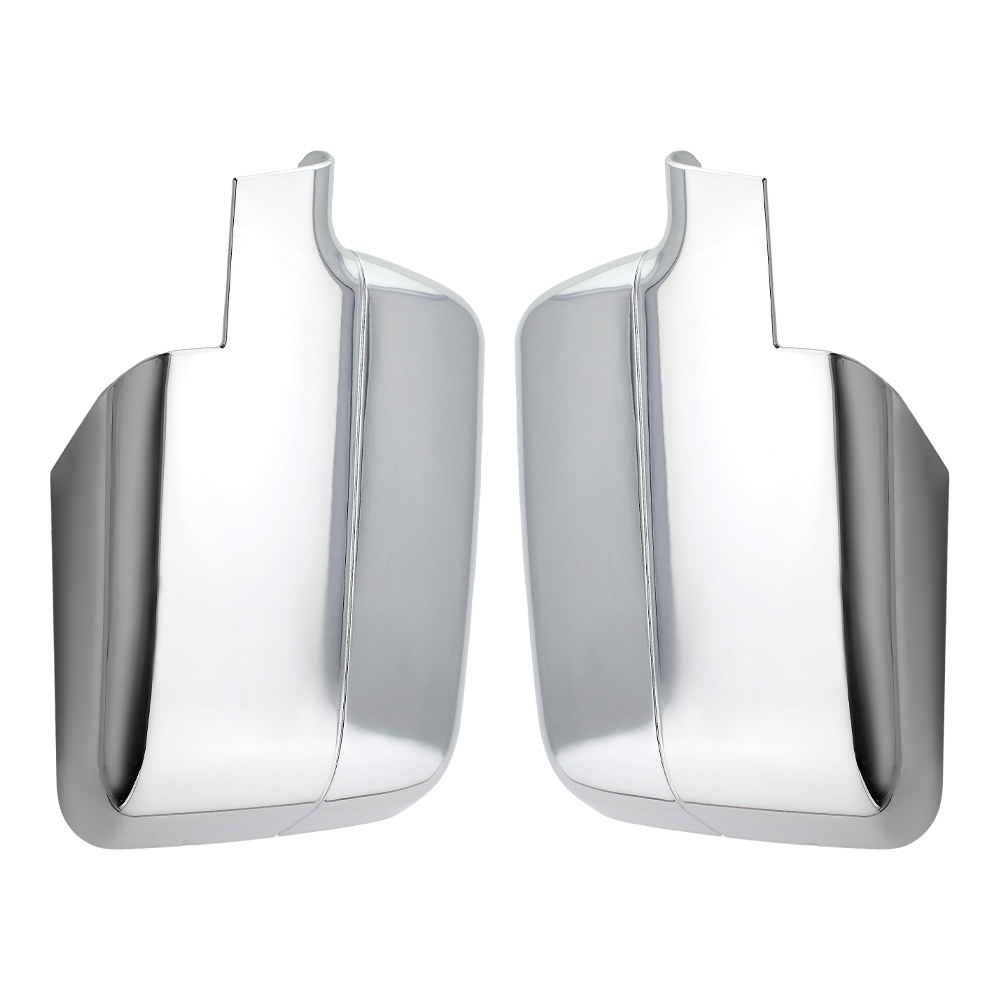 View More >>
View More >>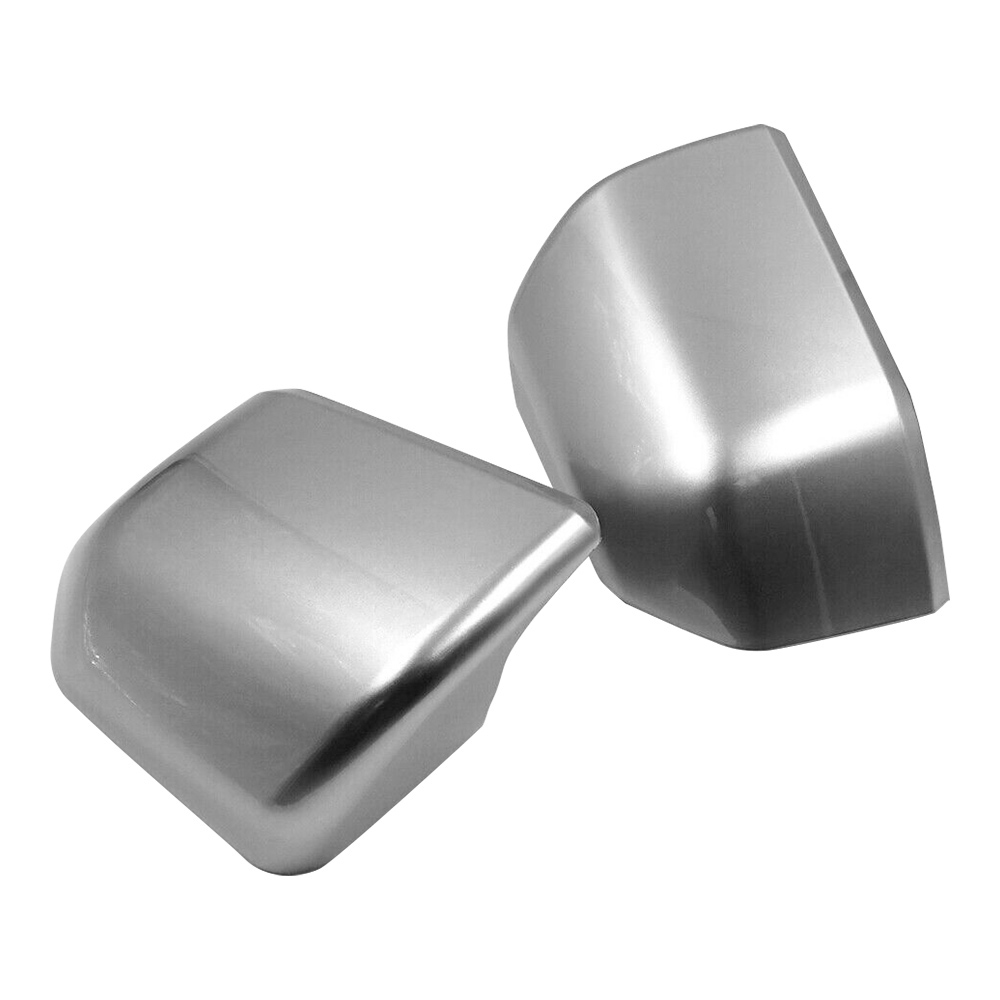 View More >>
View More >>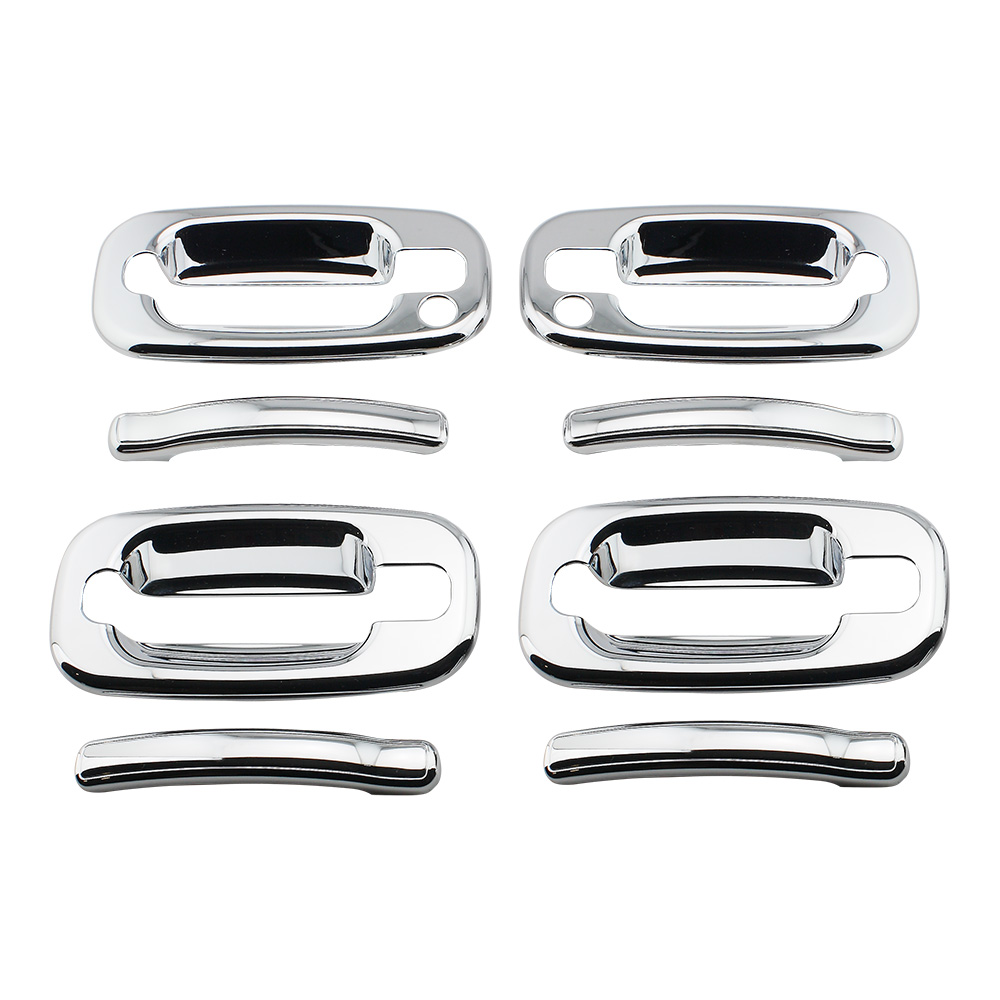 View More >>
View More >>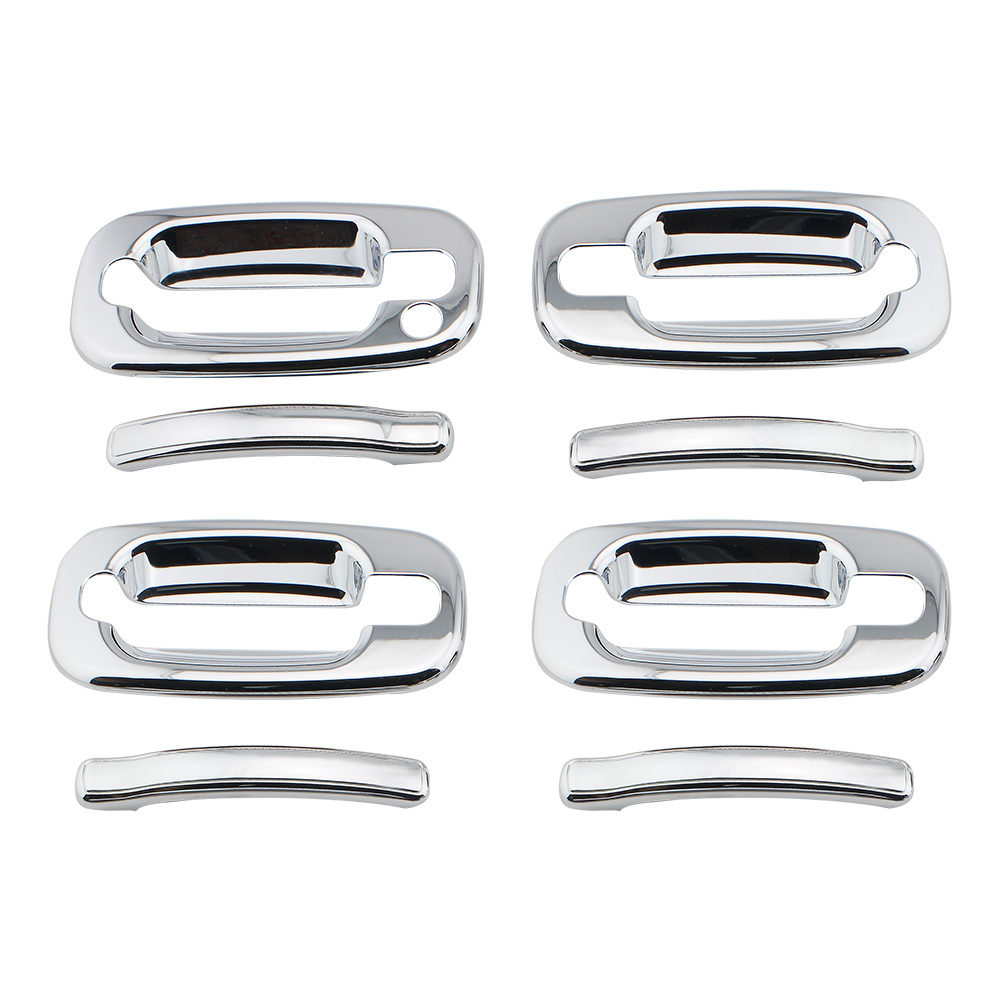 View More >>
View More >>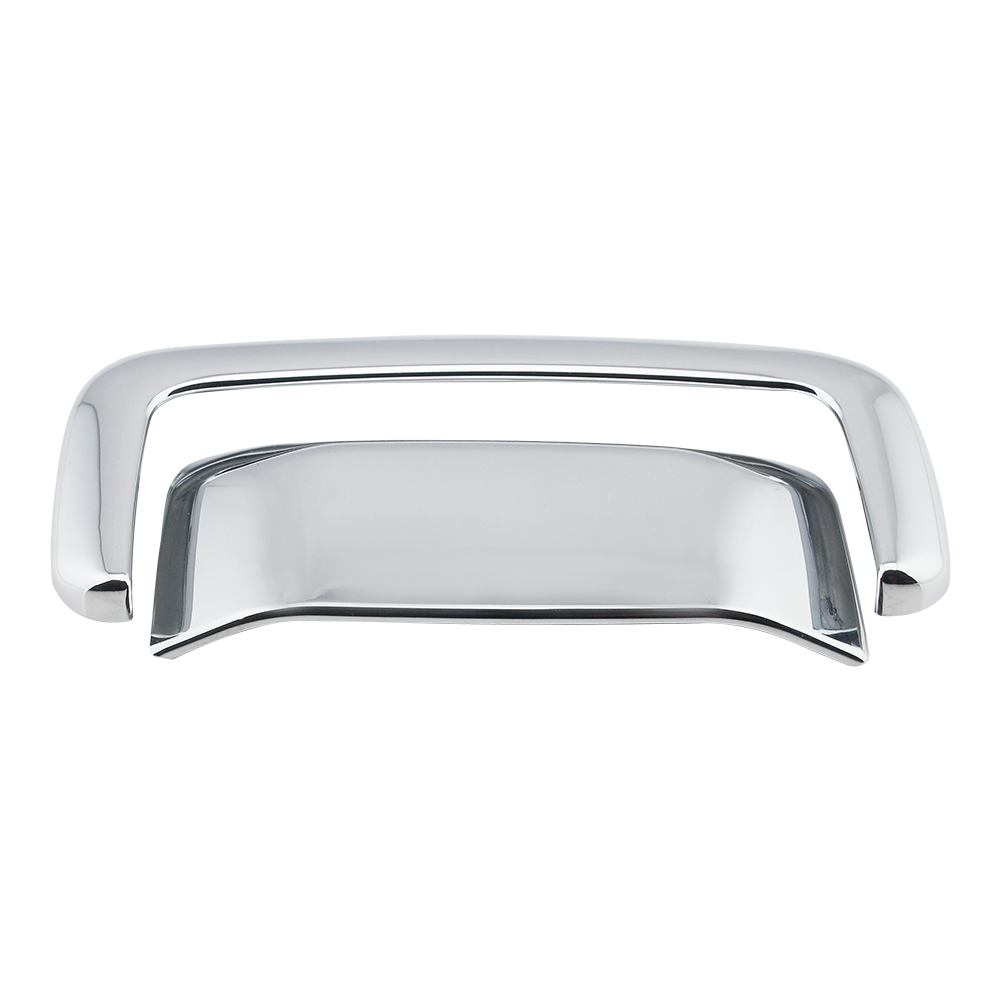 View More >>
View More >>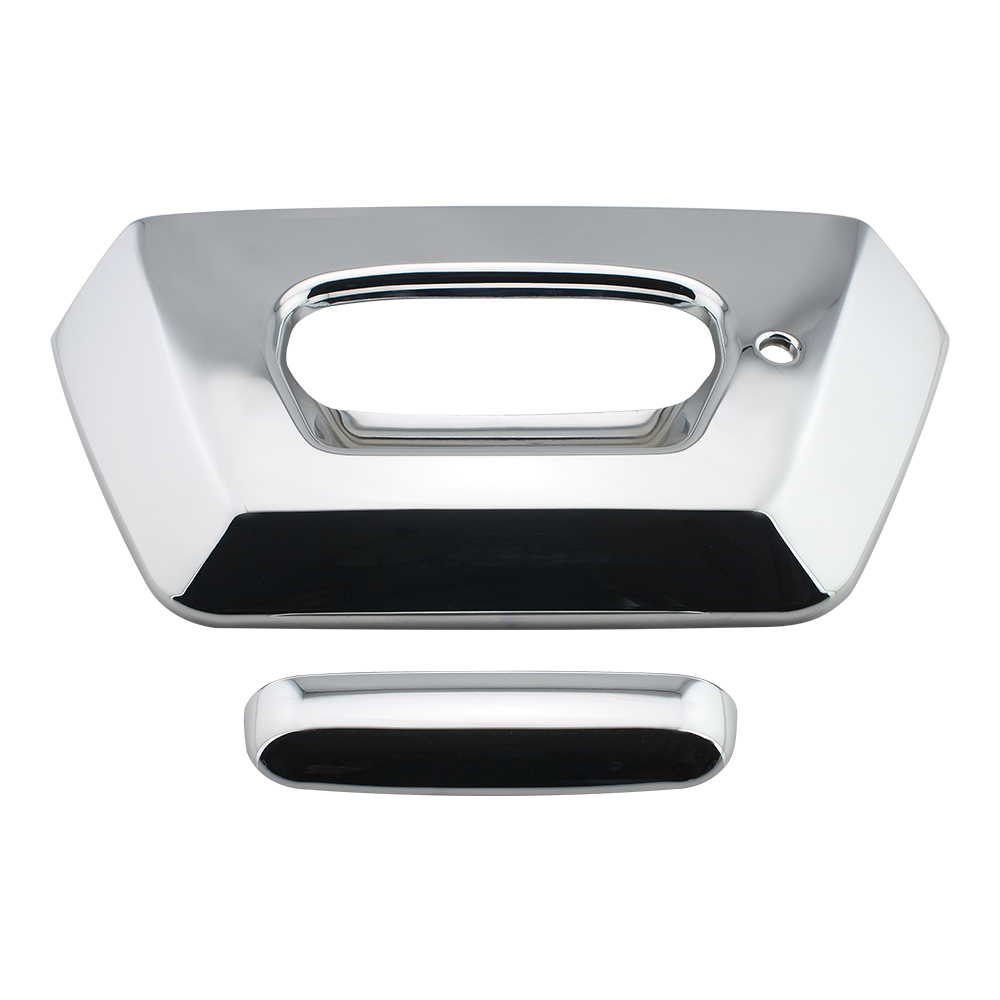 View More >>
View More >>(canaddletterfordraptor)-1.jpg) View More >>
View More >>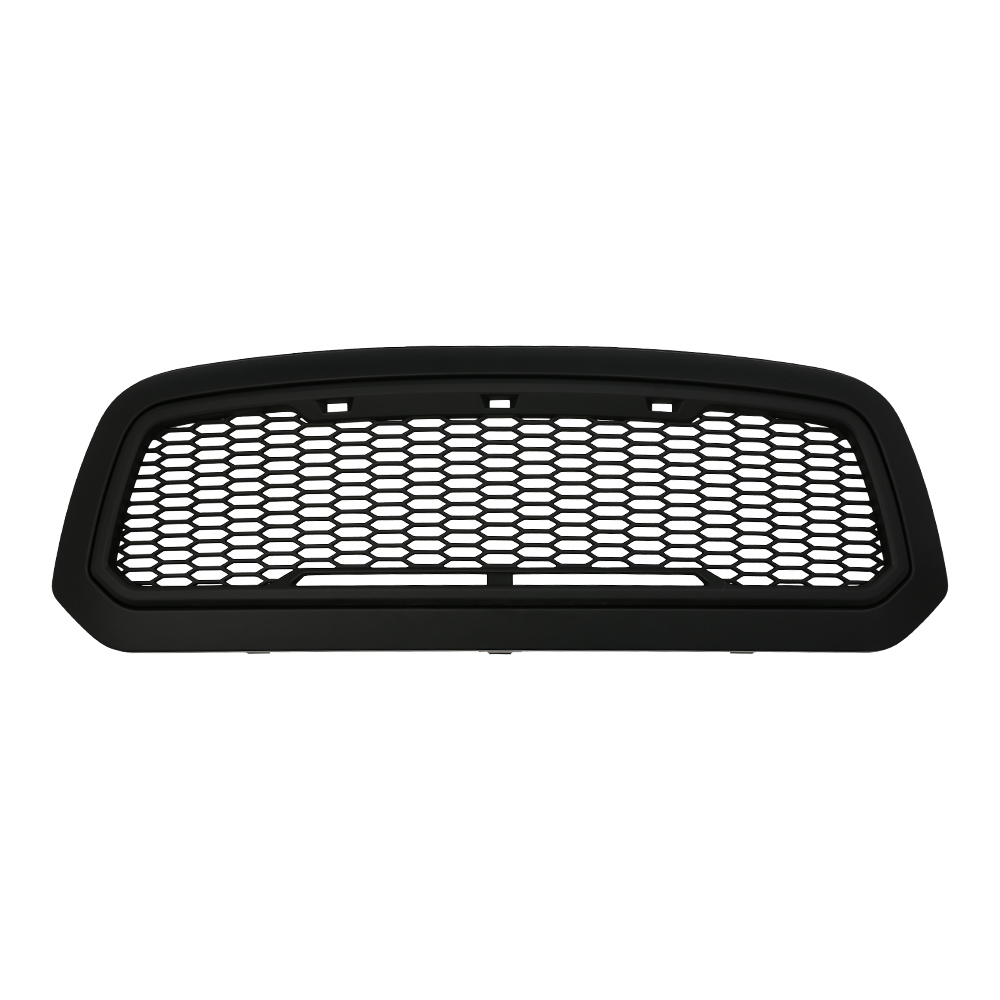 View More >>
View More >>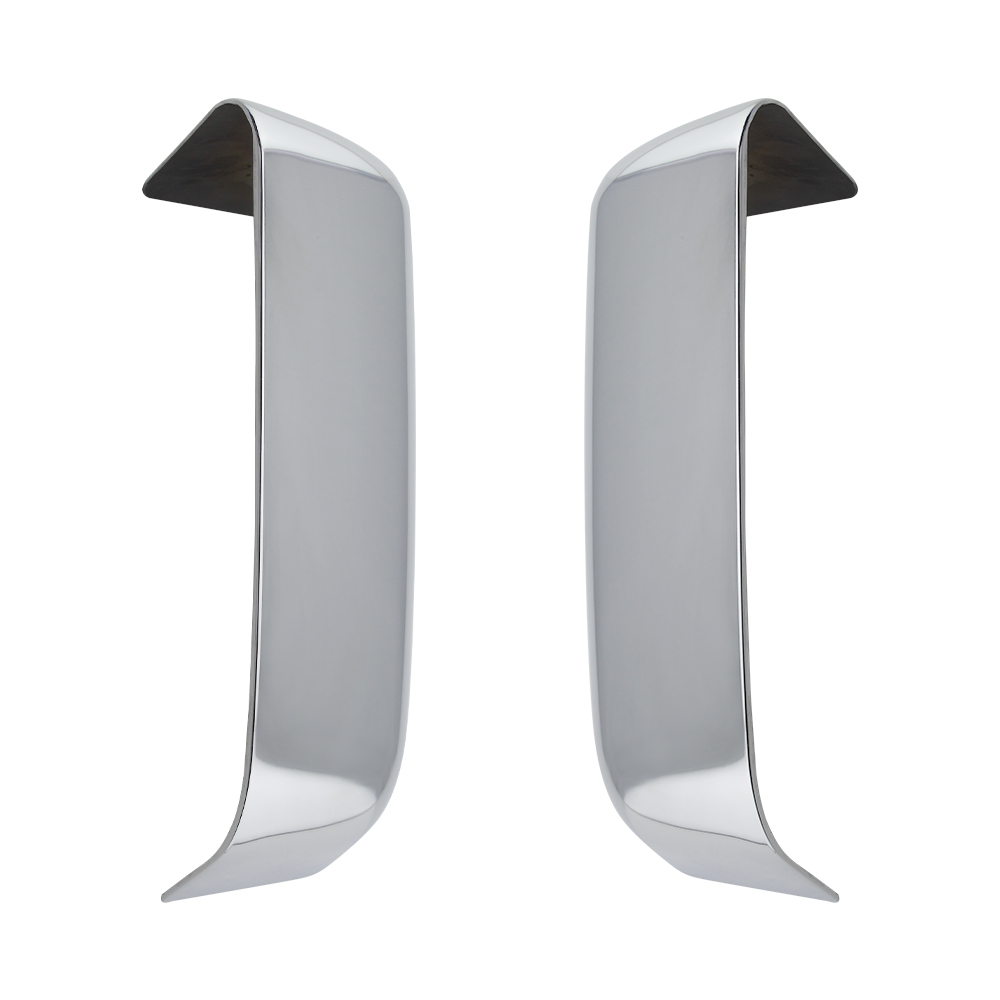 View More >>
View More >>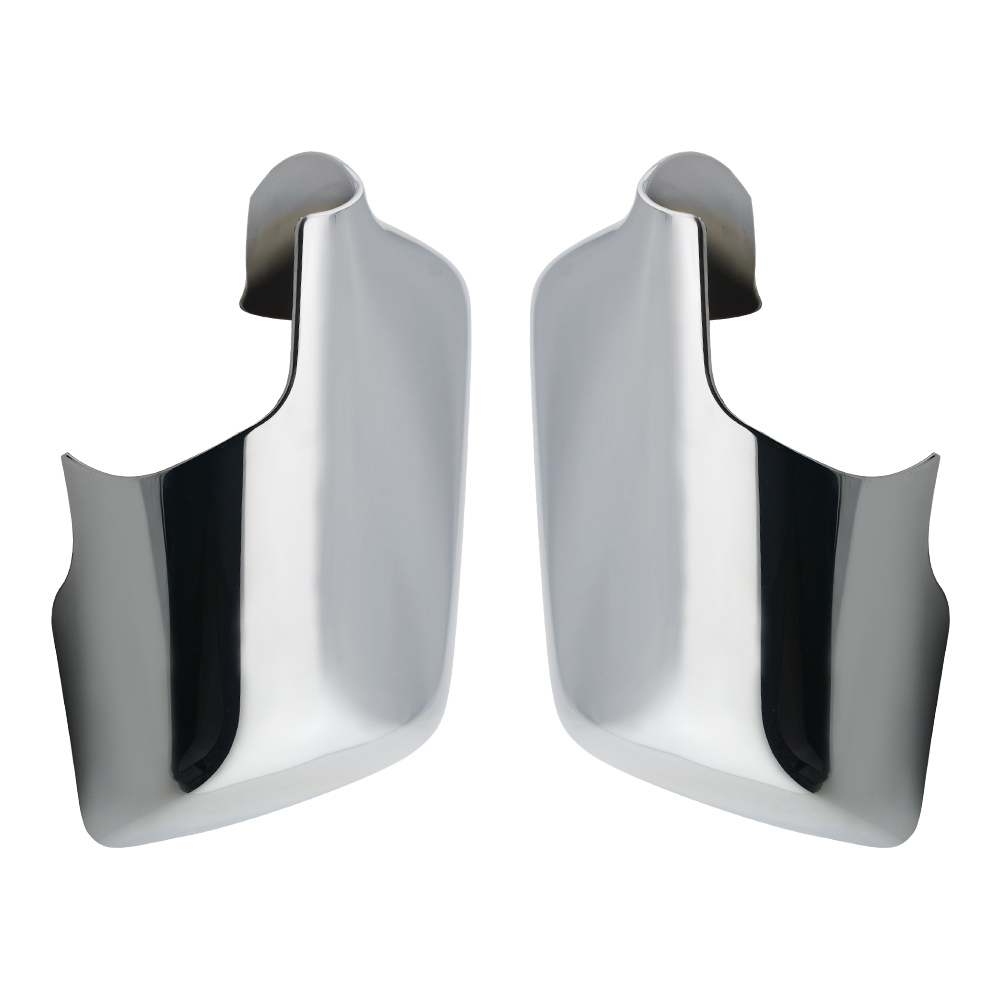 View More >>
View More >>
